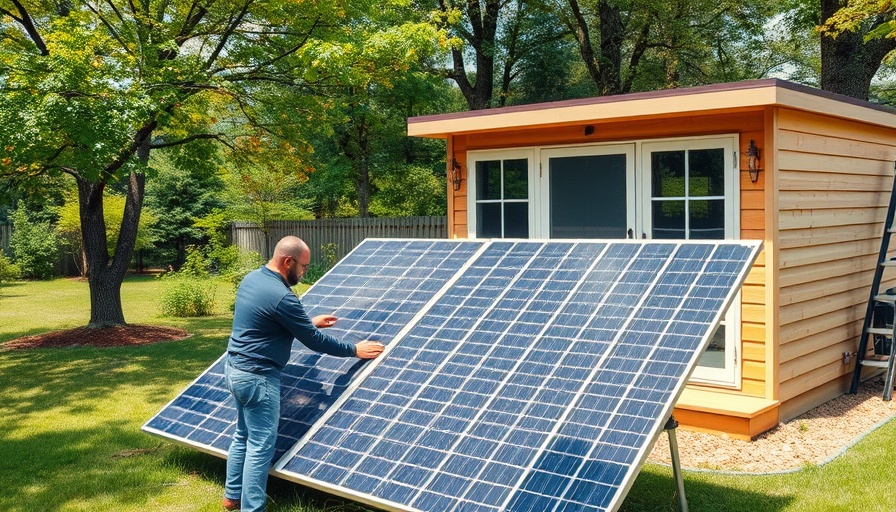
Building an Off-Grid Solar Shed: Why It Matters
In these times of increasing energy costs and environmental concerns, building an off-grid solar shed can be a game-changer for DIY homeowners. Such projects promote sustainability while providing practical benefits like energy independence and cost savings in the long run. This trend not only adds value to your property but also makes you part of the growing community of individuals stepping away from conventional energy sources.
In 'I Built the Ultimate Solar Shed – Off-Grid Power and Storage!', the discussion dives into the intricacies of building a solar-powered structure, prompting us to explore the practical benefits and empowering aspects of such initiatives.
Key Components for Your Solar Shed
When embarking on a project like building a solar shed, it’s crucial to understand the core components involved. A reliable solar power system typically includes solar panels, a charge controller, batteries for storage, and an inverter. Each piece plays a pivotal role in harnessing the sun’s power and converting it into usable electricity, making your off-grid lifestyle feasible.
Future Predictions: The Rise of Renewable Energy in DIY Projects
The shift towards renewable energy isn't just a fad; it’s a growing necessity. As more homeowners embrace the DIY approach, we can expect a surge in similar projects. With advancements in technology, building your own renewable energy systems will become increasingly accessible, allowing even more homeowners to join the green revolution.
Do-It-Yourself: Take Control of Your Energy Needs
By opting to build your solar shed, you’re not just saving money; you’re also taking an active role in shaping a sustainable future. With easy-to-follow resources, anyone can set up an effective energy solution tailored to their needs. Embracing such projects enables individuals to make informed decisions about their energy consumption and promotes self-sufficiency.
If you’re considering a DIY project that benefits both your pocket and the environment, building a solar shed is an excellent choice. This initiative can empower you with energy independence while providing you with the satisfaction of creating something beneficial for you and your community.
 Add Row
Add Row  Add
Add 




Write A Comment